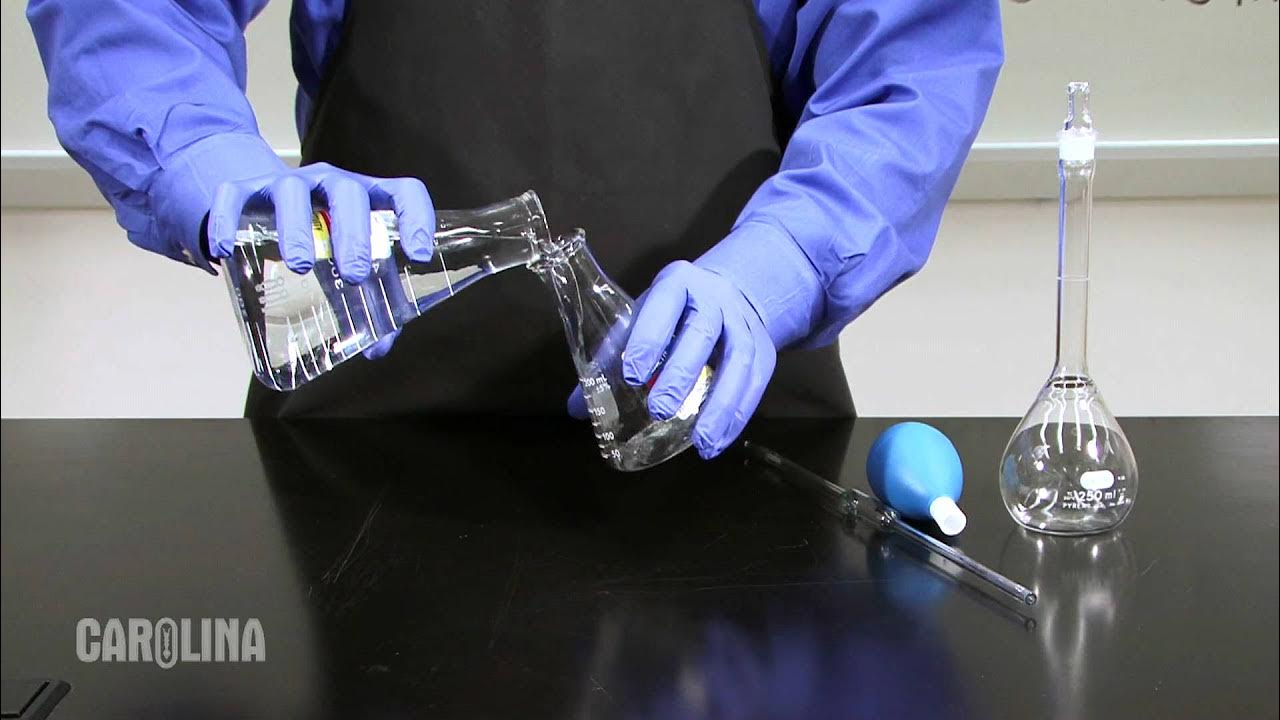Orbital angular momentum eigenvalues
Summary
TLDRThis video by Professor M. Dust discusses the eigenvalues of orbital angular momentum in quantum mechanics, focusing on their quantized nature and the constraints that apply specifically to orbital angular momentum. The lecture explains the relationship between quantum numbers j and m, and how for orbital angular momentum, only integer values are allowed, unlike in general angular momentum where half-integer values are possible. The presentation includes a mathematical breakdown using spherical coordinates, wave functions, and commutation relations, and contrasts orbital angular momentum with spin angular momentum. It also hints at further discussions on eigenfunctions in a follow-up video.
Takeaways
- 📚 The eigenvalues of orbital angular momentum are quantized, labeled by quantum numbers j and m, which can be integers or half-integers.
- 🔬 Orbital angular momentum is a specific case of angular momentum that is consistent with the general properties of angular momentum, but with additional constraints.
- ⚙️ General angular momentum is described by an operator J with components that obey specific commutation relations, and the J^2 and J3 operators are compatible observables.
- 📐 For J^2, the eigenvalue is j(j + 1)h^2, where j can be 0, 1/2, 1, 3/2, and so on. For J3, the eigenvalue is mh, with m values from -j to j.
- 🌍 Orbital angular momentum relates to the motion of particles in 3D space and uses a similar approach to general angular momentum but imposes extra constraints on the quantum numbers.
- 🔄 Orbital angular momentum is described by L^2 and Lz, with similar eigenvalue equations to general angular momentum but using spherical coordinates for particles in 3D space.
- 🌐 Orbital angular momentum eigenfunctions depend on the angular coordinates, while radial functions remain undetermined by the angular momentum operators alone.
- 🌀 The allowed eigenvalues for orbital angular momentum are only integers, meaning both l and m must be integers, unlike general angular momentum where half-integer values are possible.
- 🧭 The azimuthal angle φ imposes a boundary condition that leads to the quantization of m as an integer.
- 🔄 Orbital angular momentum does not allow for half-integer values of l or m, but these values do appear in the case of spin angular momentum, which is addressed in related videos.
Q & A
What are the quantum numbers used to describe angular momentum in quantum mechanics?
-The quantum numbers used to describe angular momentum in quantum mechanics are 'j' and 'm', which can be either integers or half-integers.
What distinguishes orbital angular momentum from general angular momentum?
-Orbital angular momentum is associated with the motion of particles in three-dimensional space, and unlike general angular momentum, it only allows integer values for the quantum numbers 'l' and 'm'.
What is the significance of the operator J squared (J²) in quantum mechanics?
-J² is an operator that represents the total angular momentum. It commutes with all components of angular momentum (J1, J2, J3), and its eigenvalue equation gives the quantized values of angular momentum.
How are the eigenvalues of J³ (the third component of angular momentum) defined?
-The eigenvalues of J³ are quantized and are given by the expression m * ħ, where 'm' can take values between -j and j in steps of 1.
What is the role of spherical coordinates in solving problems of orbital angular momentum?
-Spherical coordinates simplify the representation of orbital angular momentum, as the angular part of the wave function depends only on the angles (theta and phi) rather than the radial distance (r).
What are the eigenvalue equations for orbital angular momentum in spherical coordinates?
-The eigenvalue equation for L² (orbital angular momentum squared) involves partial derivatives with respect to theta and phi, while the eigenvalue equation for Lz (the z-component) only involves a partial derivative with respect to phi.
Why are half-integer values not allowed for orbital angular momentum?
-Half-integer values are not allowed for orbital angular momentum because the wave function must be continuous over the azimuthal angle, phi. This condition forces 'm' to be an integer.
What happens when we combine angular momentum operators with other operators in quantum mechanics?
-Combining angular momentum operators with additional operators (like the Hamiltonian for energy) creates a complete set of commuting observables, which is necessary to fully specify the quantum state of a system.
What is the significance of the equation e^(i 2π m) = 1 for orbital angular momentum?
-This equation ensures that the wave function is continuous over a full 360-degree rotation in the azimuthal angle. It leads to the result that 'm' must be an integer for orbital angular momentum.
Can half-integer values for angular momentum exist in any physical systems?
-Yes, half-integer values for angular momentum do exist, but they occur in spin angular momentum rather than orbital angular momentum. Spin allows both integer and half-integer values.
Outlines

Dieser Bereich ist nur für Premium-Benutzer verfügbar. Bitte führen Sie ein Upgrade durch, um auf diesen Abschnitt zuzugreifen.
Upgrade durchführenMindmap

Dieser Bereich ist nur für Premium-Benutzer verfügbar. Bitte führen Sie ein Upgrade durch, um auf diesen Abschnitt zuzugreifen.
Upgrade durchführenKeywords

Dieser Bereich ist nur für Premium-Benutzer verfügbar. Bitte führen Sie ein Upgrade durch, um auf diesen Abschnitt zuzugreifen.
Upgrade durchführenHighlights

Dieser Bereich ist nur für Premium-Benutzer verfügbar. Bitte führen Sie ein Upgrade durch, um auf diesen Abschnitt zuzugreifen.
Upgrade durchführenTranscripts

Dieser Bereich ist nur für Premium-Benutzer verfügbar. Bitte führen Sie ein Upgrade durch, um auf diesen Abschnitt zuzugreifen.
Upgrade durchführenWeitere ähnliche Videos ansehen

Bidirectional Shift Register: Basics, Circuit, Designing, Block Diagram, Working, and Waveforms

2022 | Resumo da Aula | 1ª Série | Matemática | Aula 2 - Sistema Internacional de Unidades (SI) II

How to Dilute a Solution

Orbital angular momentum in quantum mechanics

Lei de Coulomb - Aula 01 (Teoria e Exemplos)

Classification of Stars: Spectral Analysis and the H-R Diagram
5.0 / 5 (0 votes)
